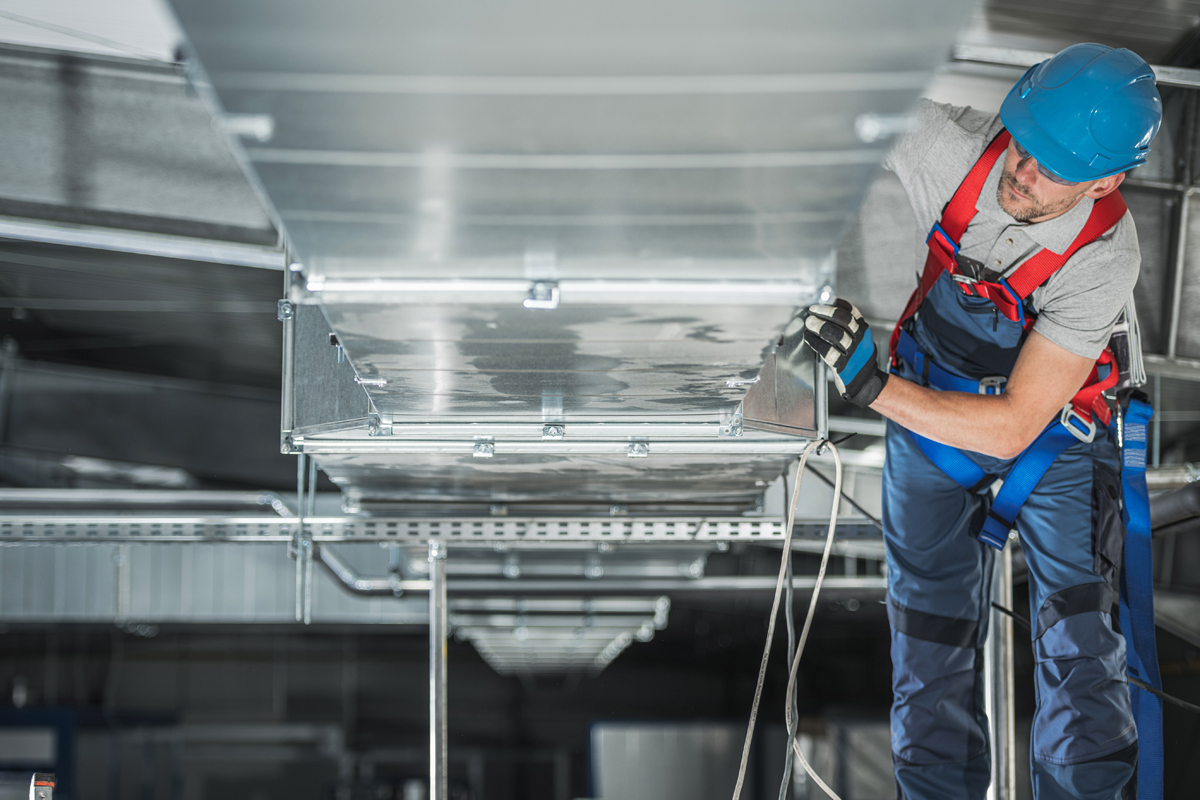Sealants for cooling towers are used to seal leaks and cracks in the tower’s structure, preventing water from escaping and improving the tower’s overall efficiency. These sealants are typically applied to areas where leaks occur, such as joints, seams, or damaged sections of the tower.
There are various types of sealants used for cooling towers, including:
-
Polyurethane Sealants: Polyurethane sealants are flexible and durable, making them suitable for sealing joints and cracks in cooling tower structures. They adhere well to a variety of substrates and can withstand exposure to water and environmental conditions.
-
Silicone Sealants: Silicone sealants offer excellent resistance to water, weathering, and temperature extremes, making them suitable for sealing cooling tower components exposed to harsh environmental conditions. Silicone sealants are flexible and provide a long-lasting seal.
-
Acrylic Sealants: Acrylic sealants are versatile and easy to apply, making them suitable for sealing small cracks and gaps in cooling tower structures. They offer good adhesion to a variety of substrates and provide a durable seal that can withstand exposure to water and UV radiation.
-
Epoxy Sealants: Epoxy sealants are highly durable and resistant to chemicals, making them suitable for sealing leaks and cracks in cooling tower structures exposed to corrosive environments. Epoxy sealants provide a strong bond and can withstand high temperatures and pressure.
-
Butyl Rubber Sealants: Butyl rubber sealants offer excellent adhesion and flexibility, making them suitable for sealing joints, seams, and gaps in cooling tower structures. They provide a watertight seal and can withstand exposure to water, UV radiation, and temperature extremes.
When selecting a sealant for a cooling tower, it’s essential to consider factors such as the type of substrate, environmental conditions, and the extent of the damage to be repaired. Proper surface preparation and application techniques are crucial to ensure the effectiveness and longevity of the sealant. Additionally, regular inspection and maintenance of the cooling tower can help identify and address any leaks or damage promptly, minimizing the need for extensive repairs or replacement.








